Heathlands Garden Settlement SPD
The sequencing of land parcel delivery will follow the phasing plan as set out in Figure 18, broadly comprising 4 key phases.
7.1. Phasing Strategy
7.1.1. Based on the anticipated rate of housing delivery and the scale of the development at the Garden Settlement, it is estimated that it will take approximately 20-25 years to build out the residential elements of the scheme.
7.1.2. The pace of development will depend on market conditions that prevail over an extended period. The Council will publish an Annual Monitoring Report which will detail unit completions on all Local Plan Review sites, including the Garden Settlement.
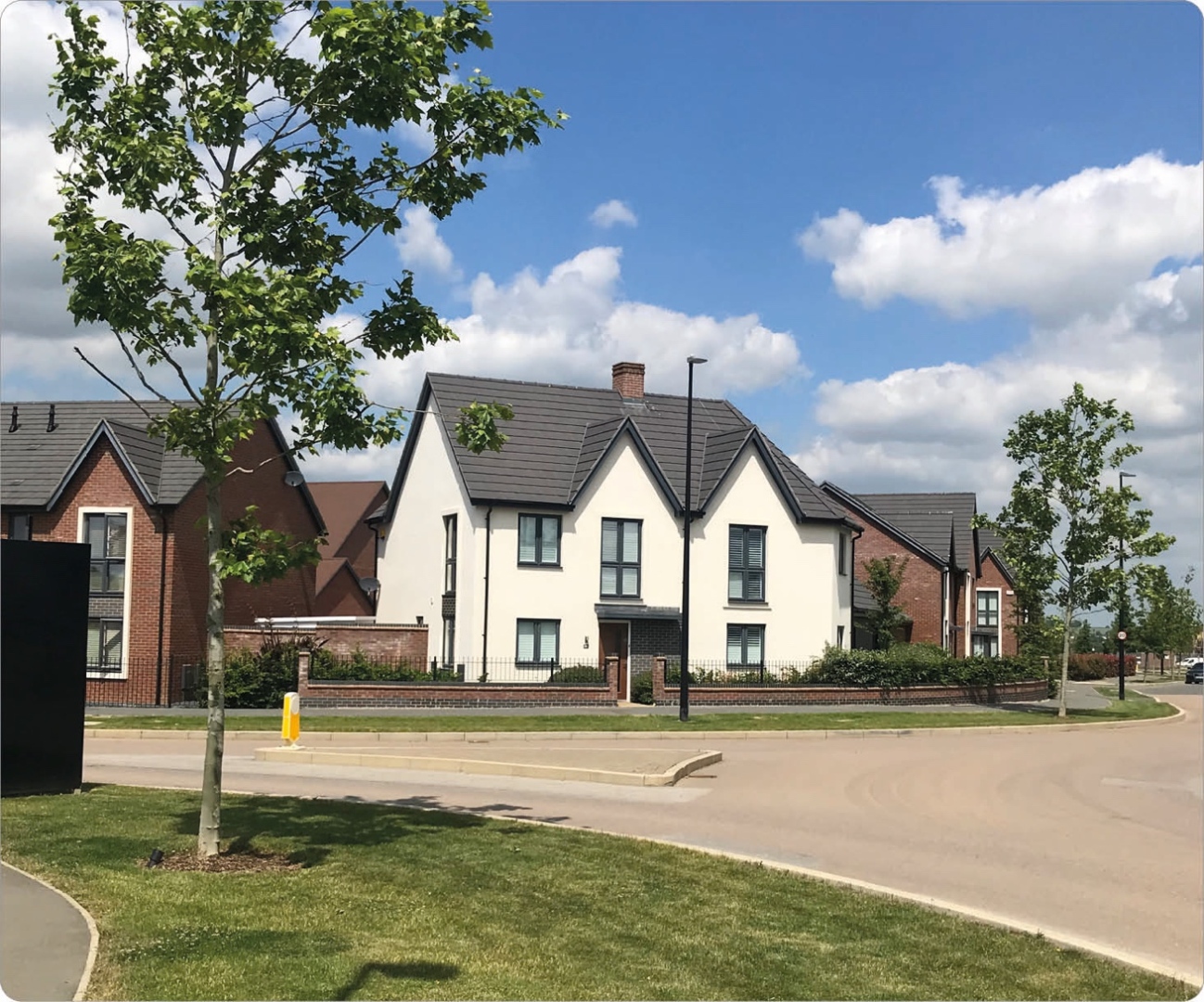
7.2. Infrastructure Delivery
7.2.1. Successful delivery of Heathlands Garden Settlement will rely on necessary infrastructure being in place at the appropriate time.
7.2.2. The key phases and related infrastructure requirements as set out within Policy LPRSP4(A) will need to be addressed as part of preparing planning applications. Any changes to these requirements must be fully justified and evidenced by supporting assessments and suitable evidence.
7.2.3. The LPR sets a clear phasing strategy for Heathlands Garden Settlement. This sought to align the delivery of housing and employment with provision of infrastructure. These requirements have been carried forward into this SPD.
7.2.4. Further definition of the timing, related triggers and thresholds for infrastructure will need to directly relate to detailed proposals as they emerge through pre-application stages and into planning applications. Such matters will be addressed as part of the preparation and determination of planning applications, to ensure that appropriate and necessary infrastructure is in place at the time it is needed as the development is implemented.
7.2.5. Infrastructure will be secured at the appropriate time as the development comes forward through the use of planning conditions and legal agreements.
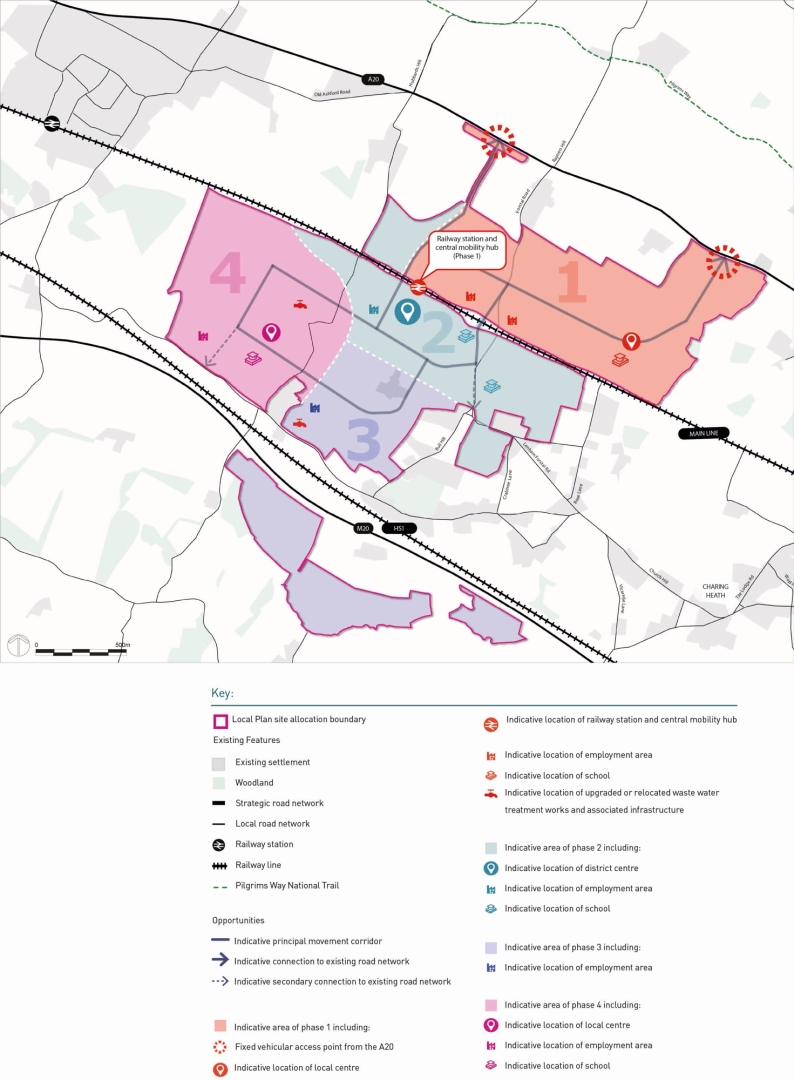
Figure 18: Infrastructure Requirements as per the Local Plan Review
| Phase | Development | Indicative Complementary Infrastructure |
|---|---|---|
| Preliminary | N/A |
|
| Phase 1 (2031–2037) | Cumulative total: circa 1,310 homes New Local Centre including employment offer appropriate to the early phase and location |
|
| Phase 2 (to 2045) | Cumulative total: circa 3,101 homes District Centre |
|
| Phase 3 (to 2048) | Cumulative total: circa 3,758 homes |
|
| Phase 4 (to 2054) | Cumulative total: circa 5,000 homes |
|
| Phase 5 (to 2054) | Cumulative total: circa 5,000 homes |
|
8. Approach to Transport Assessment and Mitigation
Heathlands Garden Settlement is taking a vision led approach to transport planning– to maximise the use of sustainable modes of travel.
8.1. Transport Assessment Process
8.1.1. As set out in Section C of this SPD, key movement guidelines and principles, the impact on the highway network of the proposed Garden Settlement will need to be appropriately assessed and mitigated.
8.1.2. As per the requirements of Policy LPSR4(A), an accompanying Transport Assessment has been prepared and summarised within an Annex to this SPD.
8.1.3. Additional evidence will also be required as proposals become more detailed and via the preparation and determination of future planning applications.

8.1.4. The 'traditional' approach to consider transport impacts has been to define a package of infrastructure mitigation measures at the outset based on initial transport modelling based upon a series of high level assumptions, known as a 'predict and provide' approach. This approach does not work well for large-scale long-term projects, where not all movement and travel patterns will be known at the outset. The traditional approach can also be criticised for prioritising traffic growth and private car journeys as opposed to a more sustainable approach that focuses on designing places that are healthy, socially inclusive, and economically vibrant.
8.1.5. The current NPPF states that transport issues should be considered from the earliest stages of plan-making and development proposals, using a "vision-led" approach to identify transport solutions that deliver well-designed, sustainable and popular places. This vision-led approach will help ensure that improvements focused on public transport and active travel play a prominent role in achieving sustainable travel behaviours. The approach and real-world impacts will need to be monitored and validated over time, with sufficient flexibility for future mitigations to adapt and to address issues that may not have been foreseen at the outset.
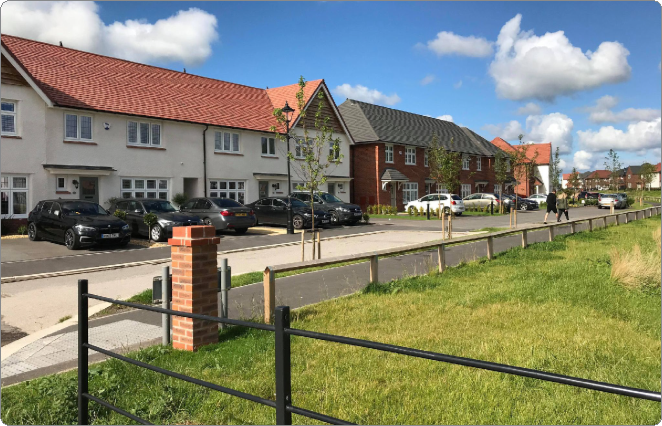
- Active travel strategy and site wide Travel Plan.
- Public transport strategy.
- Vehicle access strategy.
- Highway Modelling Assumptions and results for reasonable scenarios as agreed with the Highways Authorities.
- Road Safety appraisals as required by KCC Highways and National Highways, including development of approved Road Safety Audit briefs and assessments where required
- Mitigation strategy including measures with preliminary designs and associated modelling.
8.1.7. The approach must embrace the principles of a 'vision & validate' approach to transport planning and using a monitor and manage strategy to implement the mitigation of the development. While the developer will be responsible for the funding and delivery of highways and transport programmes or works, KCC and National Highways will continue to engage with the developer regarding any necessary approvals, and with a 'Transport Group' overseeing strategy implementation, monitoring and management during each phase of the development
8.1.8. The Monitor & Manage Strategy and associated scope of mitigation measures will be secured through an appropriate S106 agreement, with ongoing monitoring and appropriate flexibility to respond to issues as they arise over time. This will include provisions to enable highway mitigation measures to be delivered via a S278 Agreement should they be found to be necessary.
8.1.9. The information listed is to be provided at application stage in the form of a Transport Assessment which accords with the prevailing relevant national and local policy and guidance.
9. Approach to Planning
To ensure that a comprehensive approach is taken, it is expected that development proposals come forward for the Garden Settlement in its entirety via a site wide outline planning application.
9.1. Planning Process

9.1.1. To ensure that a comprehensive approach is taken, it is expected that development proposals come forward for the Garden Settlement in its entirety via a site wide outline planning application. This will establish the overall scope and scale of development and a set of design and development parameters, such as to define key points of access, the location and type of land uses and scales of proposed built development.
9.1.2. The promoters may wish to combine an outline approach with detailed information on a first phase. This form of a 'hybrid' application would also be considered acceptable subject to all necessary information being provided.
9.1.3. Applications for smaller parts of the allocation will generally not be permitted unless applicants can clearly demonstrate that any individual proposals are in accordance with the spatial frameworks, guidelines and principles set out in this SPD, and that any such proposals would not prejudice the delivery of comprehensive development and related site wide infrastructure. Proposals will need to be in accordance with a Strategic Masterplan to be prepared for the site allocation area as a whole.
9.2. Developer Contributions and Funding
9.2.1. Policy LPRSP4(A) is clear that a bespoke infrastructure funding agreement should be agreed to ensure the delivery of policy and infrastructure requirements for the Garden Settlement. This bespoke funding agreement is expected to capture higher contributions than that which would ordinarily be captured using a borough CIL approach, to be spent on infrastructure locally, and in the surrounding areas, particularly Lenham and Charing, where suitable.
9.2.2. The Council considers that Section 106 and Section 278 agreements are preferable to secure the necessary policy and infrastructure requirements for the Garden Settlement, providing greater ability to define the full range of measures and ensure that they are implemented at the appropriate time in the phased delivery programme.
9.2.3. The Council will take forward an appropriate process with the intention to remove the Garden Settlement site from the CIL Charging regime and enable use of Section 106 and 278 agreements for proposals that come forward within the allocation. The approach to this will be set out separately by the Council and be subject to consultation and Council decision making prior to the determination of planning applications.
9.2.4. In accordance with the National Planning Policy Guidance, Section 106 Agreements would only be used where it would not be possible to address unacceptable impacts through a planning condition. Planning obligations will need to align with the tests as set out in Clause 122 of the Community Infrastructure Levy Regulations, namely that they are:
- Necessary to make the development acceptable in planning terms
- Directly related to the development; and
- Fairly and reasonably related in scale and kind to the development
9.3. Pre-Application Working
9.3.1. In accordance with the NPPF and National Planning Practice Guidance, the Council will require applicants to enter into pre-application discussions via the use of Planning Performance Agreements.
9.3.2. Pre-application engagement with the local community and relevant local stakeholders including the local communities must be undertaken, to ensure that proposals continue to evolve with local community engagement in accordance with National Planning Guidance.
9.3.3. Additionally, applicants must engage directly with any relevant statutory consultees, including Kent County Council, National Highways, the Environment Agency, Sport England and others as appropriate.
9.4. Planning Submission and Validation Requirements
9.4.1. To support the assessment of any phase of development against the objectives and principles outlined in this SPD, any planning application within the Garden Settlement must be supported by the plans and reports set out at Appendix B. This list assumes the submission of a site wide outline planning application. In the event that a hybrid or detailed planning application is to be submitted, the specific advice of the Local Planning Authority should be sought.
9.4.2. The Government's National Planning Practice Guidance sets out information on planning applications which should be referred to alongside additional validation information provided on Maidstone Borough Council's planning webpages.
9.4.3. For a site of this scale and complexity, a bespoke set of supporting documents will be required to fully address all related issues and assessments. Appendix B sets out an initial indictive checklist of anticipated material that will be required. Applicants should refer the latest national and local requirements.
10. Approach to Design Coding and Securing Quality
The National Planning Policy Framework sets out that achieving high quality places and buildings is fundamental to the planning and development process. It also leads to improvements in the quality of existing environments.
10.1. The Process
10.1.1. This SPD sets out how development can be carried out in accordance with good design practice and provides guidelines and principles across a number of key themes.
10.1.2. The National Design Guide sets out that well-designed places have individual characteristics which work together to create its physical Character, help to nurture and sustain a sense of Community and work to positively address environmental issues affecting Climate. They all contribute towards the cross-cutting themes for good design set out in the National Planning Policy Framework. The National Design Guide identifies ten characteristics as set out in Section 2.3 of this SPD.
10.1.3. The National Model Design Code provides additional guidance on preparing design codes to take forward and expand upon the 10 characteristics of good design set out in the National Design Guide.
10.1.4. Design codes are important because they provide a framework for creating healthy, safe, green, environmentally responsive, sustainable and distinctive places, with a consistent and high-quality standard of design. This can provide greater certainty for communities about the design of development and bring conversations about design to early stages of the planning process rather than the end.
10.1.5. Given the scale and context of the Heathlands Garden Community, and the long- term nature of its delivery, the Council expect a comprehensive approach to design via the preparation and approval of a site wide Strategic Masterplan accompanied by a Strategic Design Code, to be submitted alongside a site wide outline planning application. Further neighbourhood specific masterplans and design codes will also be subsequently required for each phase of development.
10.1.6. The Council will expect the Strategic Masterplan and Strategic Design Code to establish a high design quality approach to development across the Garden Community as a whole, and within each of the neighbourhoods.
10.1.7. The approach to future design codes to ensure that they address the aspects of the National Design Guide and National Model Design Code are set out in Appendix A.
Design Coding
- A site wide Strategic Masterplan and a Strategic Design Code must be submitted as part of the future outline planning application. A more detailed Design Code for each phase of development should then be submitted at the relevant Reserved Matters stage.
- Design Codes must set out clear design parameters to help the Council and communities understand what good quality design looks like and how it will be achieved.
- Design Codes must cover the aspects set out within the 10 characteristics of good design as per the National Design Guide.
- Codes must be simple, concise and specific and include visual and numerical information rather than detailed wording.
- Design Codes must come forward through a collaborative process between the promoters the Council and key stakeholders and should have regard to the LPR and this SPD.
- The preparation of Masterplans and Design Codes must be informed by the appropriate design review and assessment frameworks, such as the National Design Guide, National Model Design Code, Building for a Healthy Life and Building with Nature, or similar.
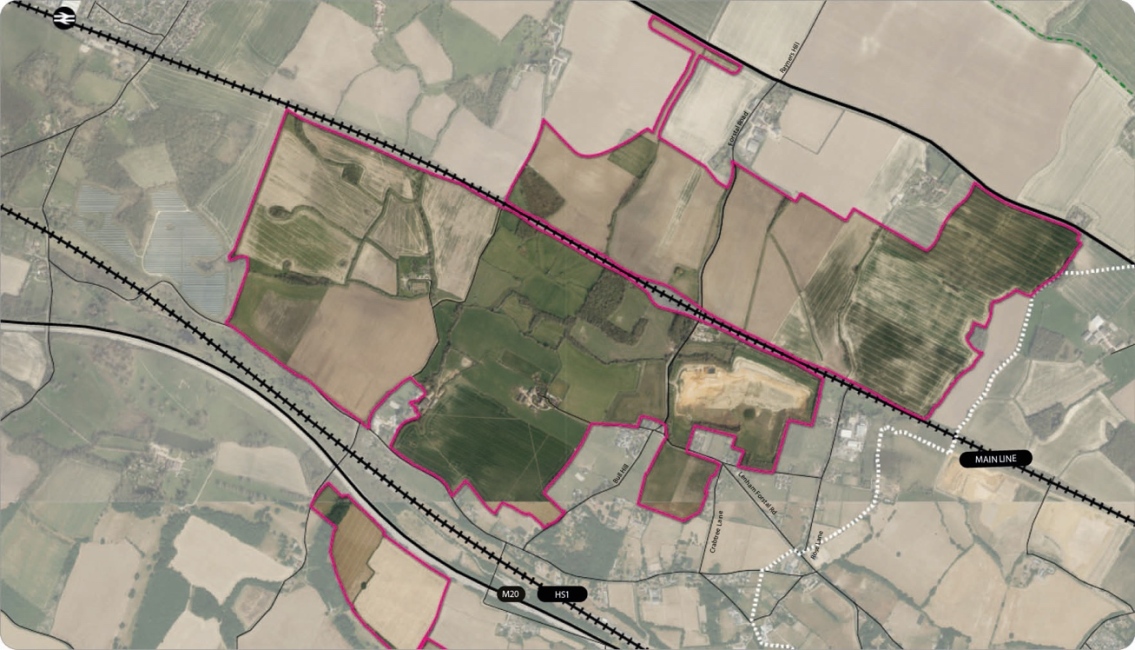
Proposals relating to Design Coding should take into account all aspects set out in the National Design Guide and National Model Design Code.
11. Approach to Long Term Management and Stewardship
Policy LPSRSP4(B) sets out that establishing appropriate long term governance arrangements will be crucial to achieving the overall vision for the Garden Settlement.
11.1. Management Process
11.1.1. This must consider how the Garden Settlement and its community assets will be managed by and for the local community. Stewardship is the term for the long-term management of such assets.
11.1.2. The Council considers that stewardship also includes the development of the Garden Settlement as a successful and healthy place where residents are encouraged to interact through the design of community spaces and the provision of community development activities such as organising events and establishing clubs and interest groups.
11.1.3. A principal objective of an appropriate stewardship body will be to build a strong and vibrant community where residents and others who work or use the area, share a strong sense of belonging, pride and commitment to its future and well-being.
11.1.4. A broad range of community assets including public open space, parks, play areas, allotments and community buildings could form part of an appropriate stewardship body. Any facilities would be expected to be transferred fully fit for purpose with revenue support until viability is achieved.
11.1.5. The potential scope of roles and responsibilities for stewardship at the Garden Settlement fall within two main categories of 'Community Assets' and 'Community Development' as
Figure 20: Potential Stewardship Responsibilities
POTENTIAL STEWARDSHIP RESPONSIBILITIES
Community Assets
Community Development
- Public Realm
- Engagement
- Local Parks
- Community Events
- Play Areas
- Arts and Culture
- Green Corridors
- Community Development
- Community Centre
- Community Cohesion
- Food Growing/Allotments
- Work and Skills
- Heritage
- Covenant Enforcement
11.1.6. Developer contributions will be required to fund the initial set up and running costs, including staff, premises, and equipment costs. This support will need to be provided until such time as stewardship activities are financially self- sustaining.
11.1.7. There are numerous potential stewardship models available, and it is important for the long- term development of the Garden Settlement that stewardship considerations are integrated into the proposals from an early stage. The preferred solution for stewardship arrangements will need to be set out and agreed as part of the consideration and determination of planning applications.

11.1.8. An appropriate approach will need to evolve through collaboration between the developer, Maidstone Borough Council (with Kent County Council), local Parish Councils, and other relevant stakeholders.
11.1.9. The consideration and evaluation of options leading to a preferred approach should be set out within a Stewardship Strategy, that establishes the scope of the stewardship and community governance arrangements, and sets out how they will evolve over time, as well as the financial sustainability of the arrangements proposed.
11.1.10. The strategy should include any community development activities to support the establishment of a successful new community early on. For example, initiatives to support the establishment of community walking, running and cycling activities and to support sports club development.
11.1.11. It is anticipated that the Strategy will need to be delivered in stages and as the Garden Settlement increases in terms of overall scale and population.
Sustainable Design
- An appropriate approach to stewardship must ensure that the quality of place and services delivered are exemplar and provide great places to live, work, visit, and play.
- A strategy to enable the establishment of the preferred form and scope of the stewardship body will need to be determined through consultation and agreed with relevant stakeholders prior to the determination of planning applications. This should include both the management of key spaces and facilities together with community development activities to help create successful communities and neighbourhoods.
- The approach should be adaptable and follow an incremental approach, recognising the long- term undertaking in terms of creating a new Garden Settlement in this location.
- Community assets should be held in perpetuity in community ownership and managed for the benefit of the local community, both residents within the Garden Settlement and those from surrounding communities who will use and benefit from the assets.
- Local residents and business should be directly engaged in the long-term management of the community assets, fostering a shared sense of ownership and identity.
- The stewardship body will need to be financially viable and self-sustaining over the long-term with secure income streams. Developer contributions will be required to support the establishment of an appropriate approach over the initial phase before it can become self-sustaining. If and where service charges are required, they will be set up and enforced in an equitable way with local control over the management of the system.
- Any stewardship body must ensure open, transparent and accountable governance with the community having the ability to exercise influence and control over stewardship decisions and delivery.
Proposals relating to Stewardship should also take into account aspects set out in the National Design Guide and National Model Design Code under the 'Lifespan' theme.
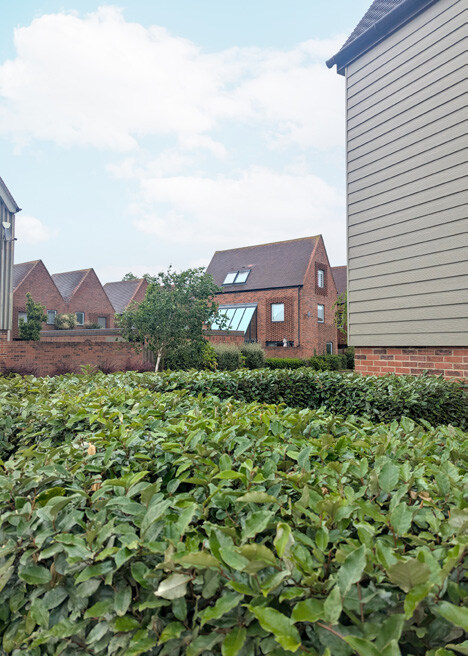
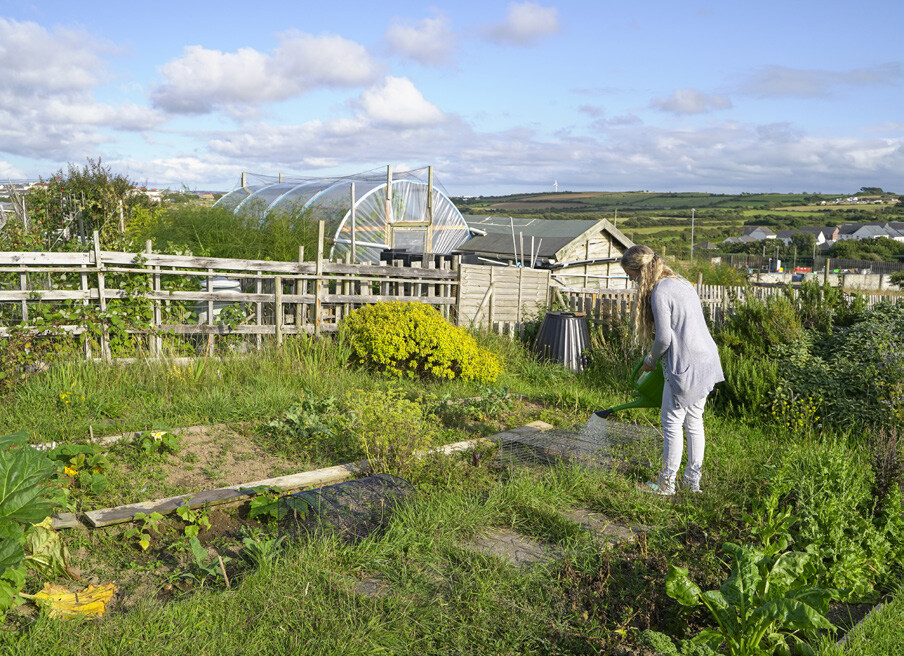
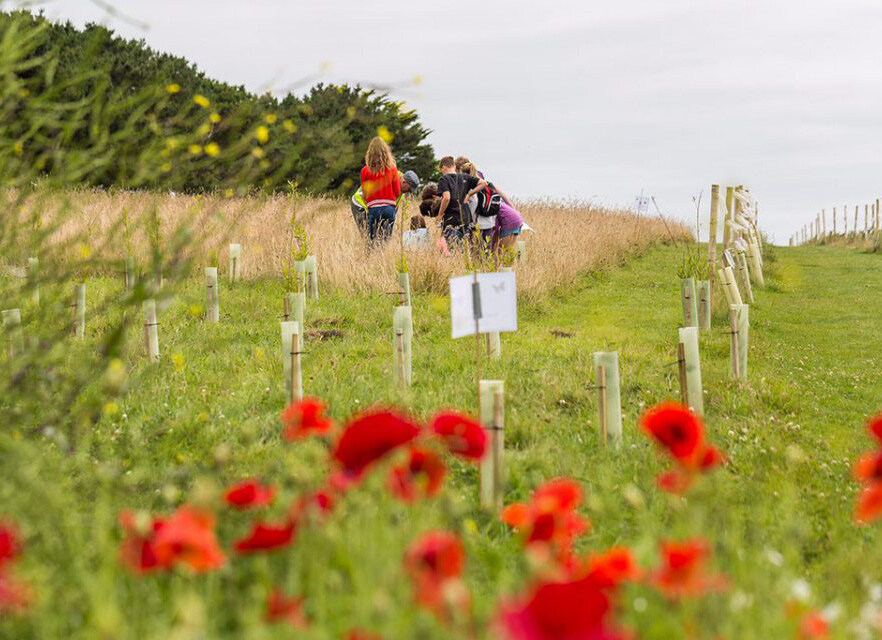
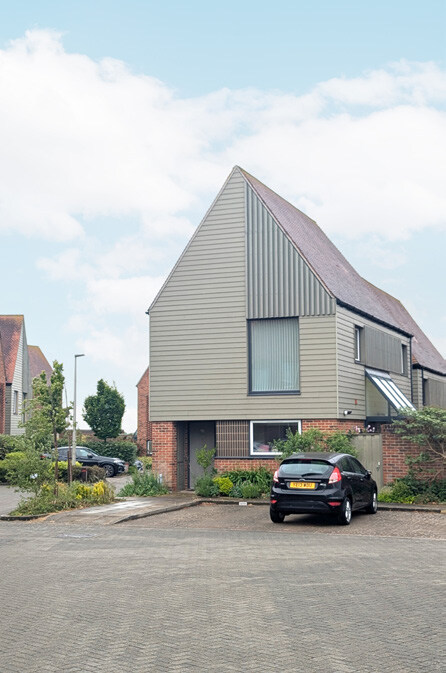
An appropriate approach to stewardship must ensure that the quality of place and services delivered are exemplar and provide great places to live, work, visit, and play.
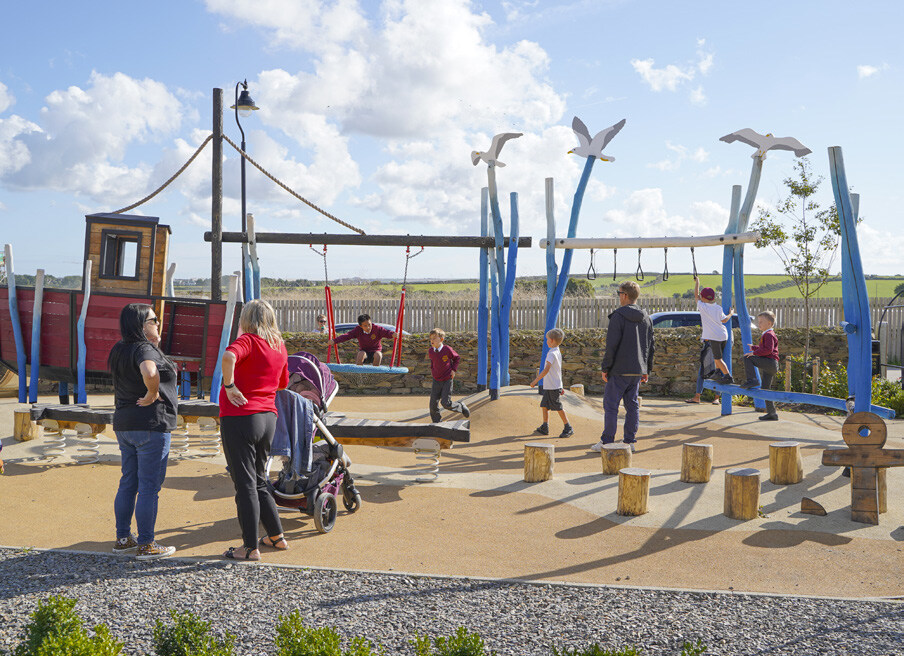
Q30: Do you agree with the principles & guidance for the preparation of ‘Design Codes’? Comment
Q31: Please set out any changes that you think should be made to the principles & guidance for the preparation of ‘Design Codes’. Comment
Q32: Do you agree with the principles & guidance for ‘Long Term Stewardship’? Comment
Q33: Please set out any changes that you think should be made to the principles & guidance for ‘Long term Stewardship’. Comment
Q34: Do you have any other comments on the Draft Supplementary Planning Document? Comment
Q35: Do you have any comments about how easy the document is to use and understand or what improvements could be made? Comment
